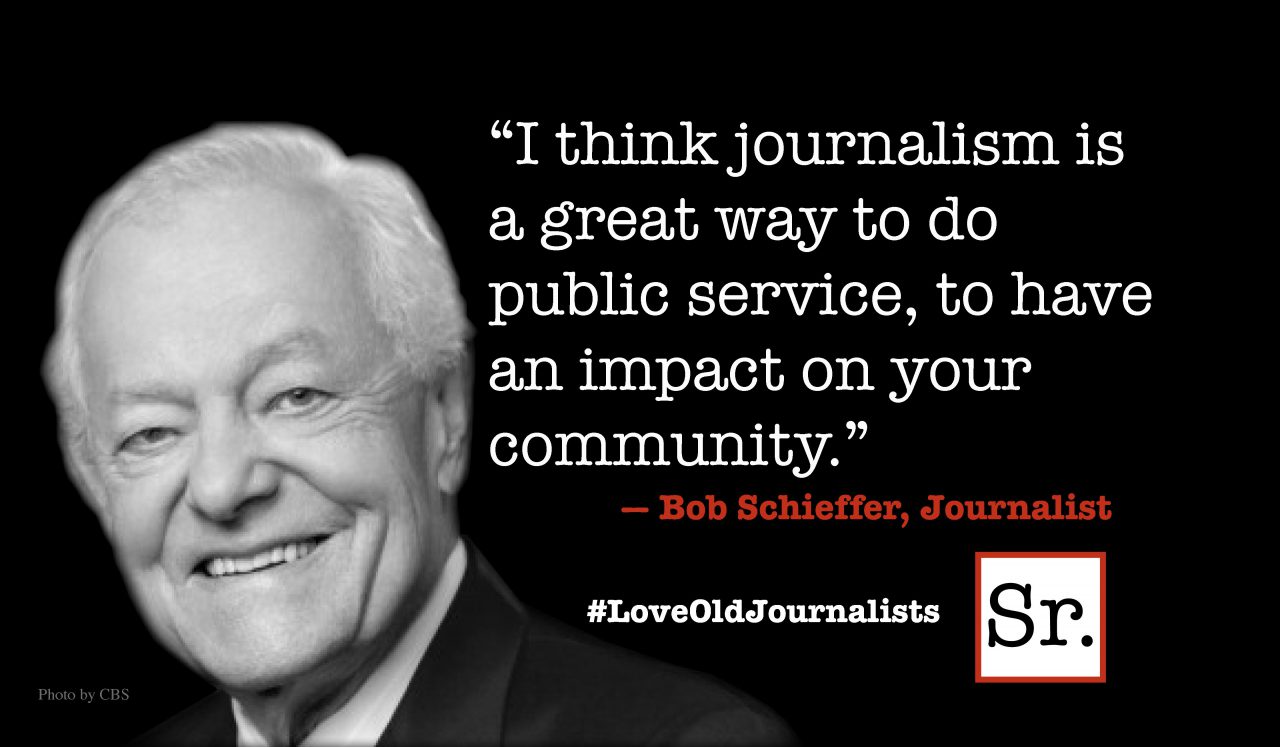Hope is a way of thinking when things are uncertain.
Leadership requires boldness in the face of uncertainty. Boldness requires hope. Hope enables action.
Hope believes things can change.
Leaders with hope rise to challenges. Leaders without hope run. Hope gets more done than discouragement or despair.
Hope faces uncertainty with reasoned confidence.
Real hope has reasons. False hope is an ambiguous positive feeling.
Scholars believe hope has at least three components:
Hope needs goals that are:
- Meaningful to the individual. Meaningful goals captivate thoughts. If you aren’t thinking about it, it doesn’t matter to you.
- Challenging but attainable.
- Uncertain but achievable. Uncertainty is the context of hope. But, when success can’t be achieved, hope is delusional.
Hope without a path is delusion.
Hope needs pathways that are:
- Visible. Results may be uncertain but the path forward must be clear. Hopelessness is feeling trapped. A clear path forward transforms thinking from “can’t” to “can.”
- Reasonable. Results may be uncertain but the path forward must make sense.
- Adaptable. Hope needs alternatives when encountering obstacles. Hope asks, “What else?”
Hope needs agency that:
- Believes taking action matters.
- Knows taking action is reasonable and possible.
- Recognizes things can change even if results are uncertain.
- Hope can be taught.
Seven ways leaders defeat hopelessness:
Successful leaders inspire hope.
- Describe a meaningful path forward. Successful leaders describe what’s next.
- Allow struggle in a context where success is attainable. Hope is learned in struggle.
- Acknowledge success without minimizing future challenges and obstacles.
- Talk problems in the context of solutions. Those who believe they can fix it have hope.
- Explore alternatives and choose new paths forward. Persistently doing what doesn’t work is stubbornness not hope.
- Keep the far future in mind but focus on what’s next.
- Connect on a human level.









